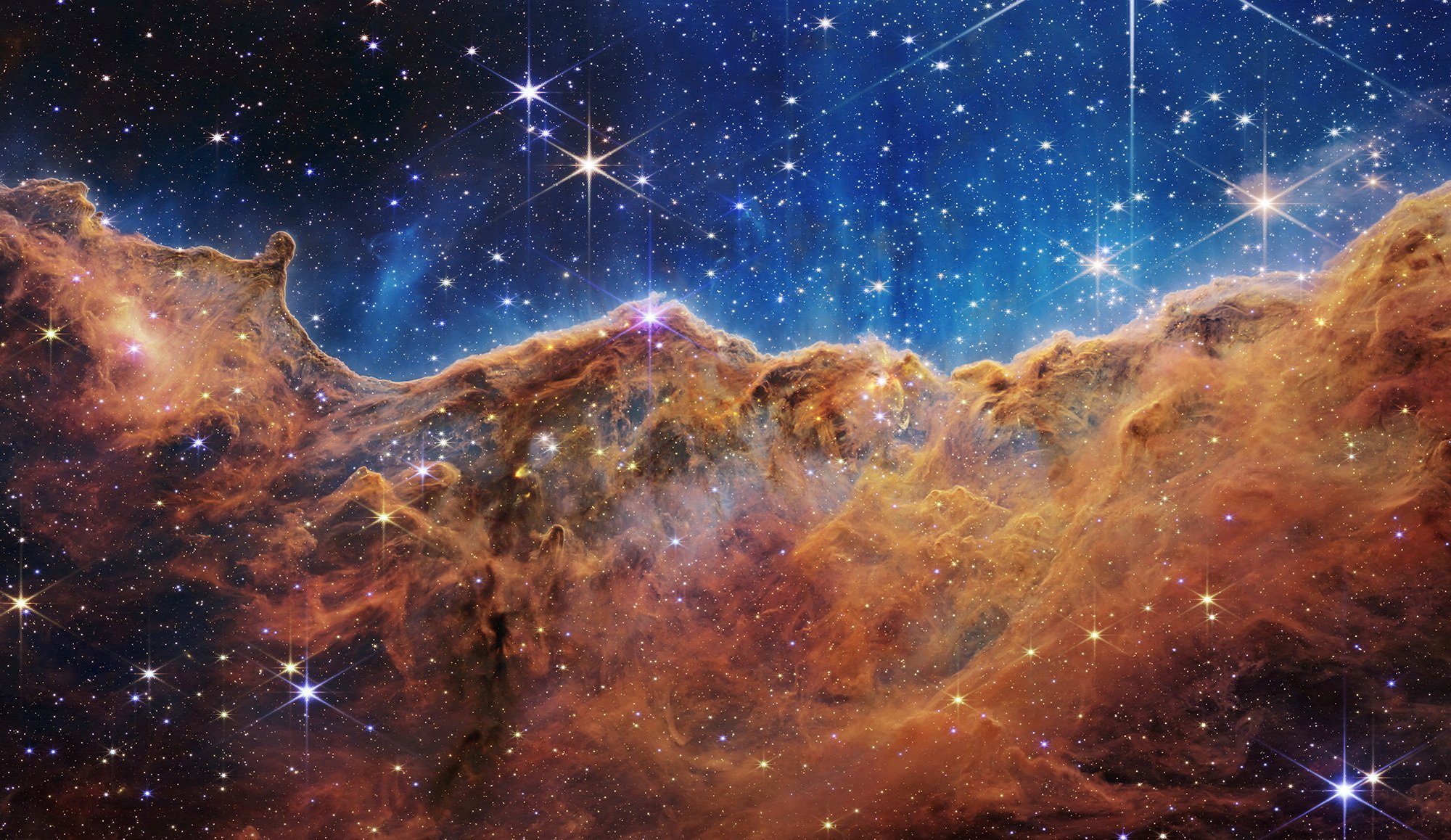
Newly discovered ancient galaxies put spotlight on ‘Big Bang Theory,’ God’s act of creation
The James Webb Space Telescope, NASA’s flagship infrared observatory launched on Christmas Day 2021, makes successively astounding discoveries, including one find that might eventually require tweaking the Big Bang Theory as it found six ancient and giant galaxies shouldn’t exist the way apparently they do 500-700 million years after the universe’s beginning from a single point called a “singularity.”
Given what scientists know about how galaxies form, they’re much too big and much too dense for their age.
But Jonathan Lunine, a planetary scientist and physicist, professor at Cornell University and a member of Webb’s Science Working Group, explained reports of the Big Bang’s death are greatly exaggerated and called the findings “a great example of how science is done. You have a new capability; you can see things that you couldn’t see before.”
Vatican astronomer Brother Guy Consolmagno called the results “fascinating” and help show “that God is responsible for the existence of the universe is as true now as it was when Genesis was written — even as our understanding of the science is very different now.” He said, “underneath it all is the loving act of a God who willed that time and space exist and who found it good.”

